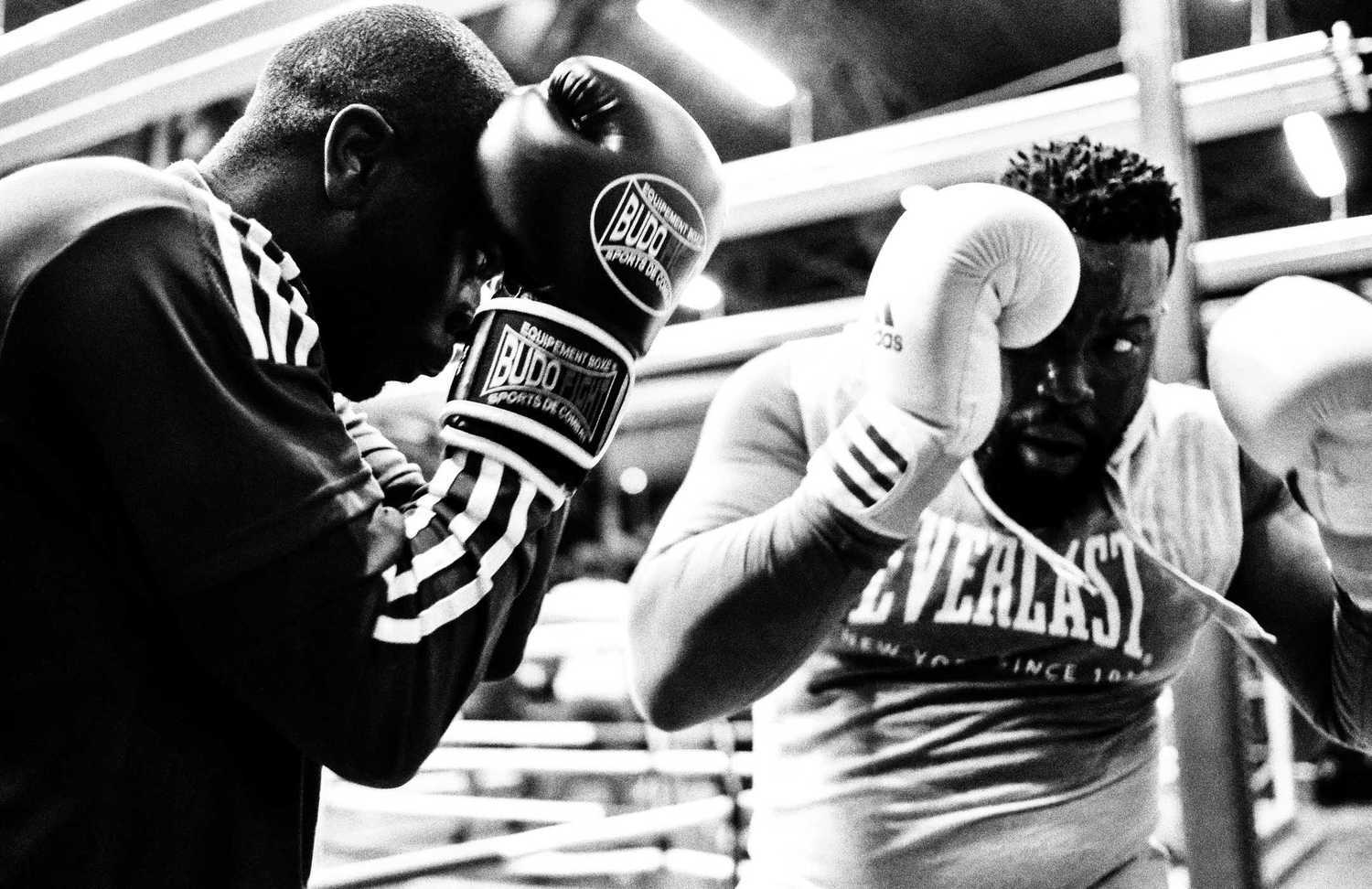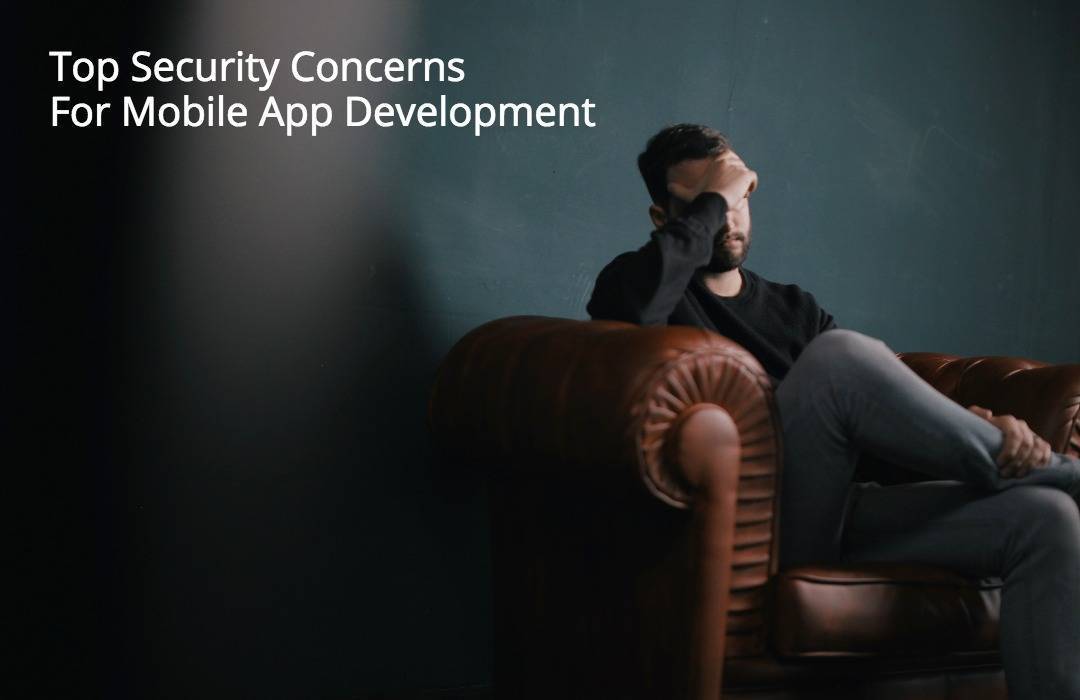Just as the internet did, mobile technology is disrupting business practices, prompting businesses to rethink how they attract, serve, and keep customers. Mobile technology has changed customer expectations tremendously, with customers now demanding to access the information they need immediately, wherever they are. Research firm Forrester believes that 2015 will be an important year for separating leaders from followers in terms of mobile transformation. The leaders will anticipate customer needs and engage with them at the right moment with the right content.
The good news is, whenever your customer pulls out a mobile device, you have the opportunity to engage with them. Branded mobile apps are emerging as a powerful way to reach customers, particularly as the influence of mainstream media declines. With a branded app, the customer talks to the brand rather than the other way round. Designing an app that consumers will love and use isn’t easy, but the effort can make the difference between leading in a consumer category or constantly trying to play catch-up.
The Importance of Identifying and Understanding an App’s Audience
Before you can make an app that engages customers, you have to understand them. A brand that wants to appeal to customers has to start with empathy and understanding. If you want your customers to use your app to become more loyal to your brand, you should know what they desire, what motivates them, and what their “pain points” are well before app development begins.
The app development process should lead to a product that functions as advertised and that communicates value to the customer. In retail, app adoption is primarily driven by user experience, so app development must pay particular attention to user friendliness and a rich graphic experience. In return, companies can collect detailed profile data on customers through the app itself to inform future marketing efforts.
Apps for Answering Customer Questions
Apps designed to function as easy-follow customer guides and to answer customer questions accurately and quickly appeal to consumers. When a customer can use his app to ask a question and get an answer about a product, the customer service experience is enriched, loyalty increases, and sales could increase as well. App development is about understanding what customers want and determining how to give it to them. By answering their questions through an app, you can minimise the “friction” that stands between the customer and the sale.
Apps for Boosting Branding Efforts
Brand building is a great tie-in with customer service, and there are countless ways to use apps to raise a brand’s profile. Some brands, depending on their target demographic, may choose to create a game app in which features the brand. Other apps may administer customer loyalty programmes that offer discounts and incentives for frequent shoppers. Personalised notifications or tracking of shipments are other brand-building efforts that can be delivered through apps and can solidify the connection between the brand and the customer.
Apps That Provide Exclusive Content
Many customer engagement apps are designed simply to allow customers to learn more about products. Not every demographic is engaged by a game app, and with some types of purchases, straight information is what the customer wants. For example, an app may be created to allow a customer to scan a QR code on packaging to access detailed product specifications, customer reviews, or price comparisons. The app development process should focus on what content a company’s customers enjoy, and the best ways to deliver it to their smartphone or tablet.
Apps to Improve the Customer Experience
A popular way to improve the customer experience is to offer an app that will enhance the in-person purchasing experience. A company could, for example, take advantage of so-called SoLoMo (Social, Local, and Mobile) opportunities to present customers “checking in” at a certain retail location with a coupon just for them. Such apps can be linked to social media sites so customers can share their experience with their friends with a couple of taps. Analytics from the app and from social media sites can be used to fine-tune app development as more is learned about customer preferences.
Conclusion
App development can be your key to engaging more effectively with customers in 2015. With something as potentially game-changing as an app, it’s important that you choose your app development partner with care and consideration. Glance is the most trusted native app development specialist in the UK, and has earned that reputation by listening to clients, helping them define the problem their app will solve, and staying with them beyond the launch of their app to ensure it performs as it should. If you’d like to learn more, please send an enquiry, and we will be in touch promptly to answer all your questions.
Share this
Subscribe To Our Blog
You May Also Like
These Related Stories

Business Versus Consumer: 5 Differences App Developers Need to Know

6 Ways App Developers Have Enhanced the Shopping Experience





